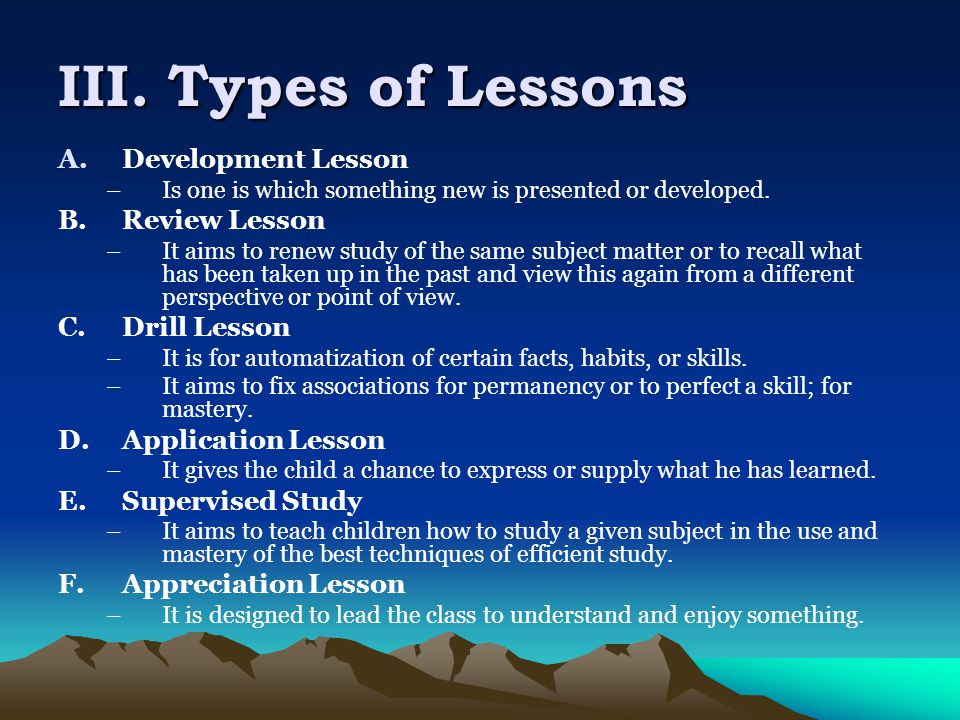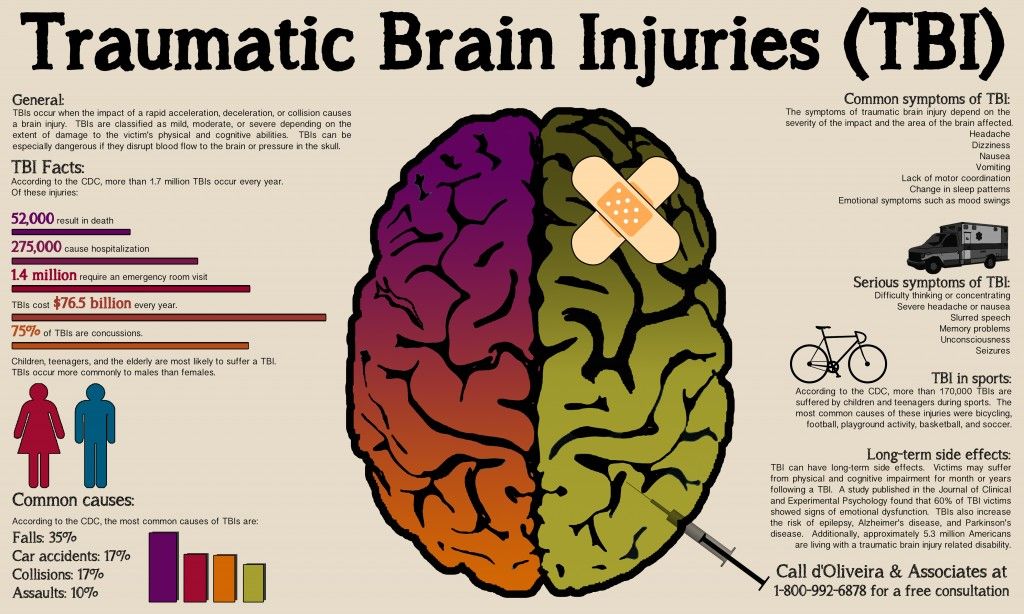Types of development
Physical, social, emotional and cognitive development
Adolescent developmental domains are intertwined and strongly influenced by experiences and environments.
© Griffith University
Adolescent developmental domains are intertwined and strongly influenced by experiences and environments.
The developmental changes that typically occur in adolescence have been documented extensively in literature that is widely accessible. Importantly, each area of development is intertwined with the other–physical, social, emotional and cognitive development–along with sociocultural and environmental influences and experiences. A summary of some of the key developmental aspects of adolescence and the nature of these changes follows.
Physical development
In early adolescence, the body undergoes more developmental change than at any other time, apart from birth to two years old. The rate of growth is rapid and uneven, with a different pace and rate of change for each individual.
Physical changes include increases in height, weight, and internal organ size as well as changes in skeletal and muscular systems.
Puberty occurs in early adolescence, triggered by the release of hormones which lead to the development of primary sex characteristics (genitalia) and secondary sex characteristics (eg breast development in girls; facial hair in boys). The increased hormone production affects skeletal growth, hair production, and skin changes.
Physical changes are visible to all and highlight the range and pace of change. This sometimes leads to adolescents feeling more or less mature than others. Physical development growth spurts occur about two years earlier in girls than boys.
Adolescent social development is often described as the process of establishing a sense of identity and establishing a role and purpose. It is an outwards sense of oneself. Body image is a key factor in developing a sense of self and identity, especially for girls, and the family and increasingly peers play an important role assisting and supporting the adolescent to achieve adult roles. Risk-taking is a natural part of the adolescent journey. Social development and emotional development are closely intertwined as young people search for a sense of self and personal identity.
Risk-taking is a natural part of the adolescent journey. Social development and emotional development are closely intertwined as young people search for a sense of self and personal identity.
Emotional development
The way a person thinks and feels about themselves and others, their inward thoughts, is key to their emotional development. Developing and demonstrating individual emotional assets such as resilience, self esteem and coping skills is heightened during adolescence because of the rapid changes being experienced. Schools are important sites for social and emotional learning and have developed policies and programs around student wellness, often with a focus on a strengths-based approach.
Cognitive development
Cognition is the process involving thought, rationale and perception. The physical changes of the brain that occur during adolescence follow typical patterns of cognitive development. They are characterised by the development of higher-level cognitive functioning that aligns with the changes in brain structure and function, particularly in the prefrontal cortex region.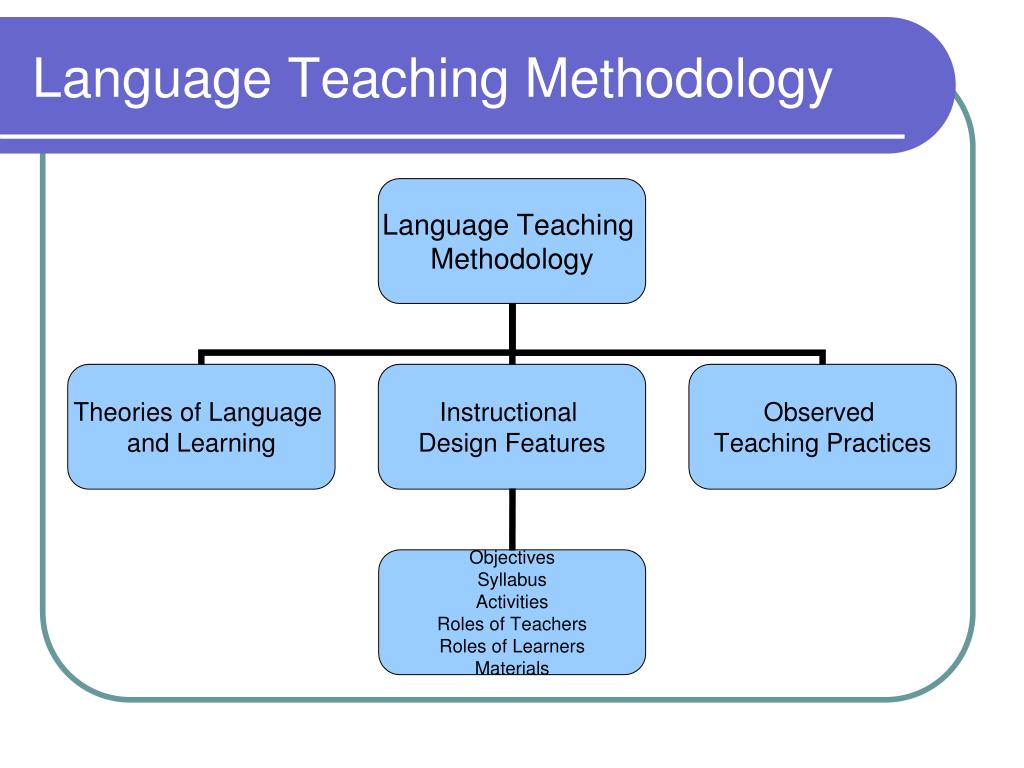
The structural and functional brain changes affect the opportunity for increased memory and processing. They may also contribute to vulnerability, such as risk taking and increased sensitivity to mental illness.
In recent years data from developmental neuroimaging has enabled greater understanding of the changes that occur in the human brain during adolescence. This data points towards a second window of opportunity in brain development. Adolescence is a sensitive brain period, that is a time when brain plasticity is heightened. During this time, there is an opportunity for learning and cognitive growth as the brain adapts in structure and function in response to experiences.
In the next step we will pull together the key developmental aspects of adolescence with a discussion about your own experiences.
Your task
Read Caskey and Anfara’s article, Developmental Characteristics of Young Adolescents.1
- What have you read in this article that might change the way you interact with adolescents in your sphere?
- How will you do things differently bearing in mind the implications for practice?
Share your answers in the comments.
References
-
Caskey M, Anfara VA. Developmental Characteristics of Young Adolescents: Research Summary [Internet]. Westerville OH: Association for Middle Level Education; 2014. Available from: https://www.amle.org/BrowsebyTopic/WhatsNew/WNDet/TabId/270/ArtMID/888/ArticleID/455/Developmental-Characteristics-of-Young-Adolescents.aspx ↩
© Griffith University
What are the five types of development?
There are 5 basic types of development. Physical, intellectual, social, emotional, and moral.
Takedown request | View complete answer on ctschoolcounselor.org
What are the 5 types of development?
Physical, intellectual, social, emotional, and moral.
Takedown request | View complete answer on prezi.com
What are the development types?
The 3 kinds of developments are: Complying; • Merit; and • Non-Complying.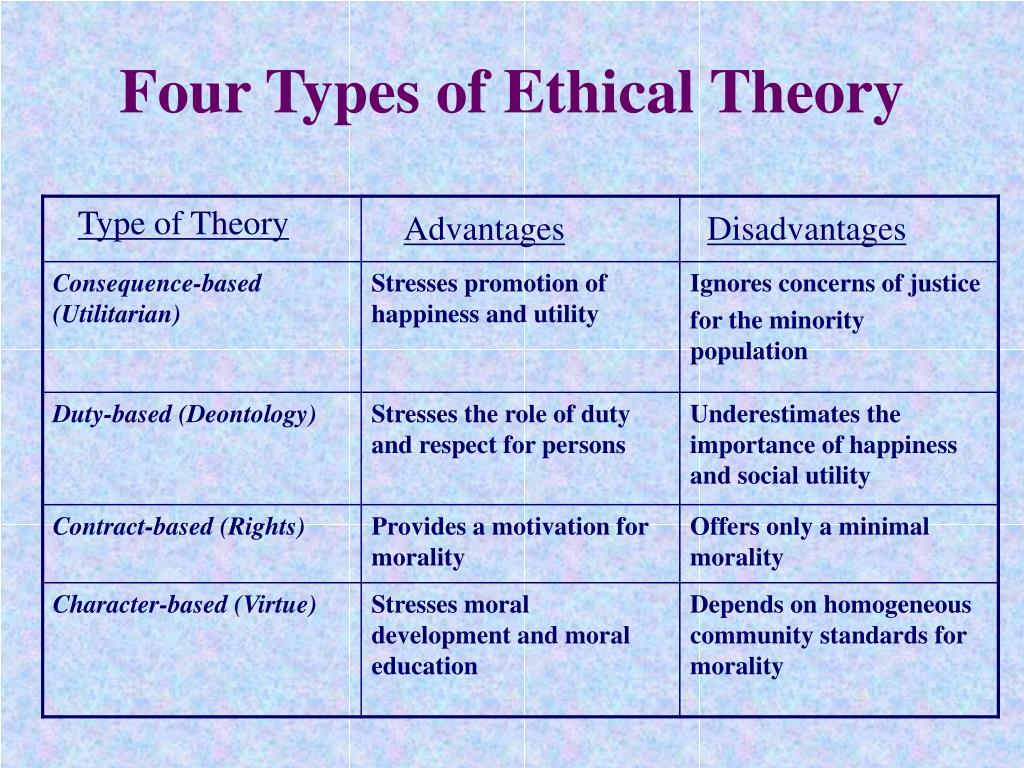 Each of the different kinds of development has a different assessment process.
Each of the different kinds of development has a different assessment process.
| View complete answer on planning.org.au
What are the 5 developmental domains?
“There are five critical domains in a child's development,” said Dianna Fryer, Joint Base San Antonio-Randolph Child Development Program training and curriculum specialist. “Those domains are social, emotional, physical, cognitive and language.”
Takedown request | View complete answer on jbsa.mil
What are the five characteristics of development?
5 Main Areas of Child Development
- cognitive development,
- social and emotional development,
- speech and language development,
- fine motor skill development, and.
- gross motor skill development.
| View complete answer on skoolzy.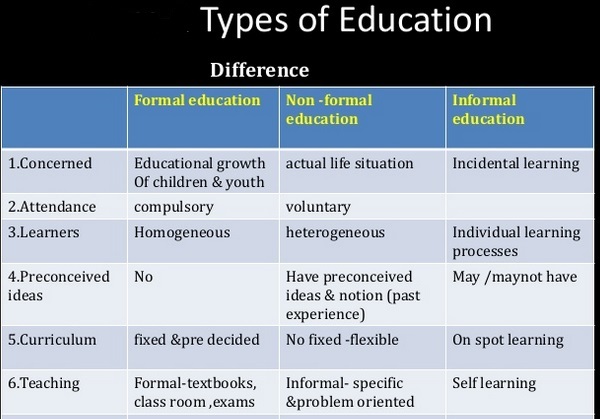 com
com
What are the 5 Major Areas of Child Development?
What are the 5 stages of economic development?
Explanation: Rostow's Stages of Economic Growth include the following five stages: Traditional Society; Preconditions for Take-Off; Take-Off; Drive to Maturity; and Age of High Mass Consumption. Rostow's model is one of the most significant historical models of economic growth.
Takedown request | View complete answer on varsitytutors.com
What are the examples of development?
Development is defined as the process of growth or new information or an event. An example of development is the changing of a caterpillar to a butterfly.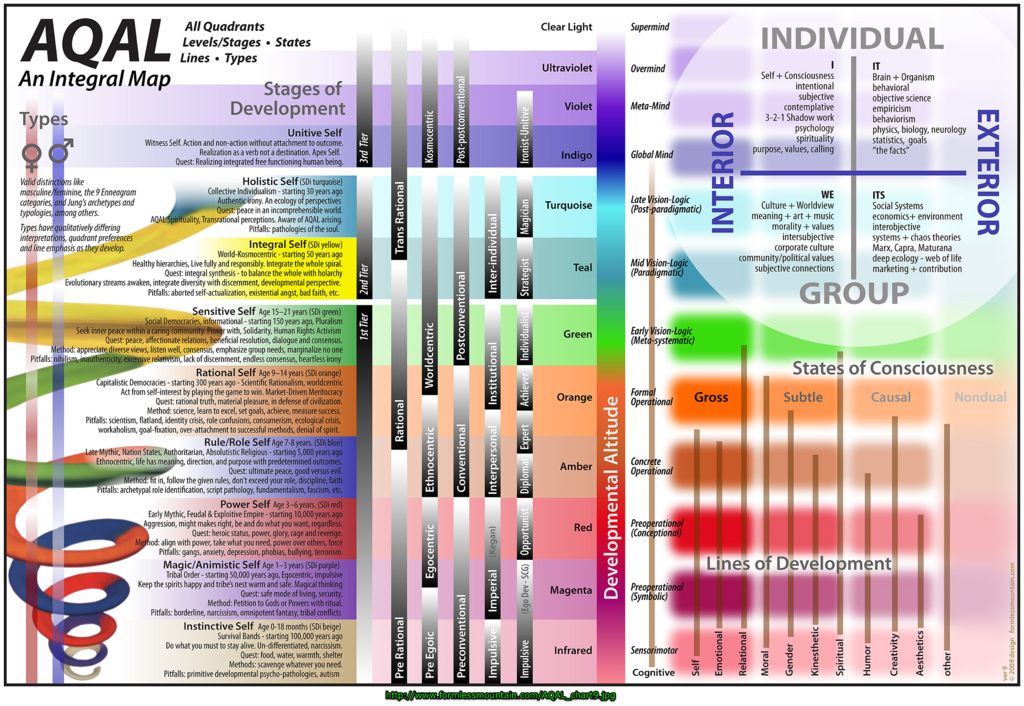 An example of development is emerging details about a local robbery. An example of development is a community of condos intended for seniors.
An example of development is emerging details about a local robbery. An example of development is a community of condos intended for seniors.
| View complete answer on yourdictionary.com
What are the 4 types of development?
The Four types of Development
- Social Development.
- Emotional Development.
- Intellectual/Cognitive. Development.
- Physical Development.
- Child Development activities.
| View complete answer on prezi.com
What are the 4 types of child development?
Children grow and develop rapidly in their first five years across the four main areas of development. These areas are motor (physical), language and communication, cognitive and social/emotional. Cognitive development means how children think, explore and figure things out.
Takedown request | View complete answer on helpmegrowmn.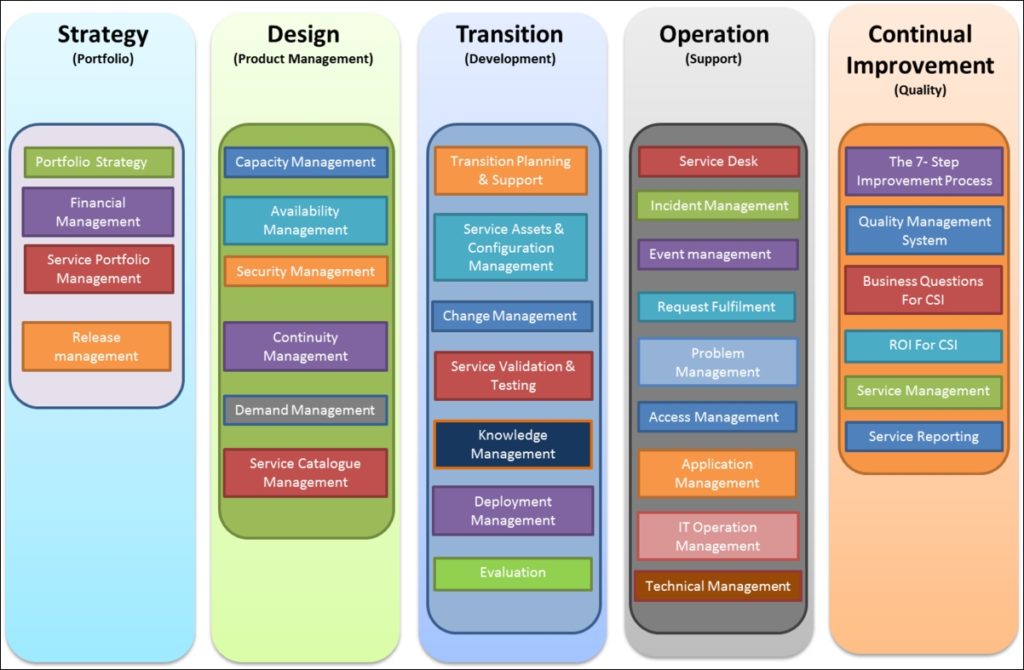 org
org
What are the 4 types of human development?
Human development is a lifelong process of physical, behavioral, cognitive, and emotional growth and change.
Takedown request | View complete answer on advocatesforyouth.org
What are the 7 stages of development?
There are seven stages a human moves through during his or her life span. These stages include infancy, early childhood, middle childhood, adolescence, early adulthood, middle adulthood and old age.
Takedown request | View complete answer on bartleby.com
How many levels of development are there?
There are three broad stages of development: early childhood, middle childhood, and adolescence.
Takedown request | View complete answer on education.stateuniversity.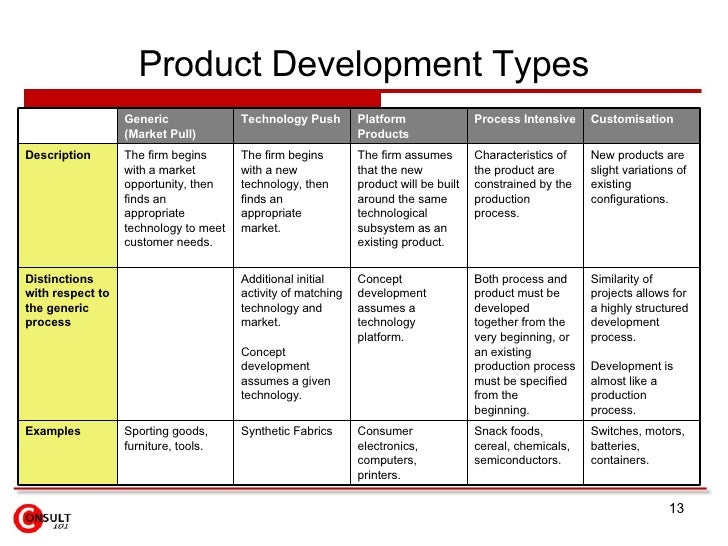 com
com
What are the types of development in psychology?
What Is Developmental Psychology?
- Cognitive development during childhood and throughout life.
- Developmental challenges and learning disabilities.
- Emotional development.
- Language acquisition.
- Moral reasoning.
- Motor skill development.
- Personality development.
- Self-awareness and self-concept.
| View complete answer on verywellmind.com
What are the 4 stages of growth and development?
Introduction
- Infancy (neonate and up to one year age)
- Toddler ( one to five years of age)
- Childhood (three to eleven years old) - early childhood is from three to eight years old, and middle childhood is from nine to eleven years old.
- Adolescence or teenage (from 12 to 18 years old)
- Adulthood.
| View complete answer on ncbi.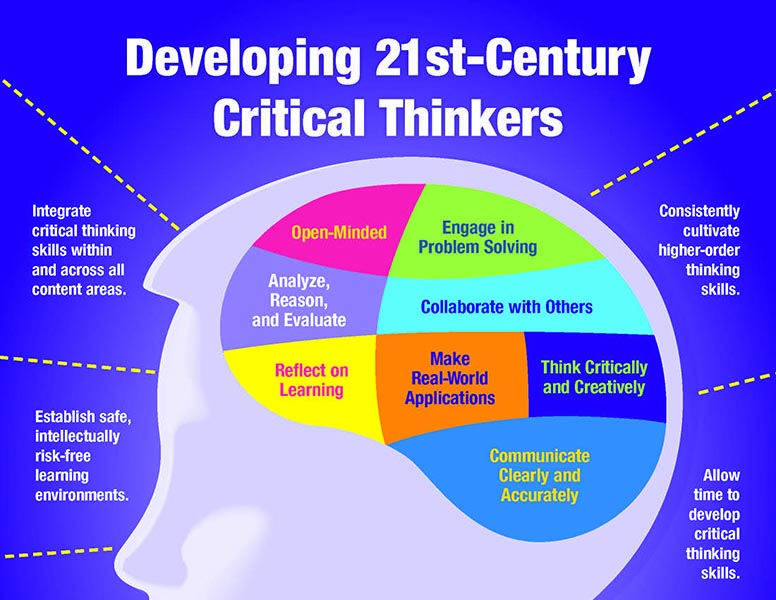 nlm.nih.gov
nlm.nih.gov
What are the 6 developmental domains?
There are six developmental domains to a growing child: Motor Devlopment, Cognitive Development and General Knowledge, Language and Communication, Social and Emotional, Physical Health, and Apporaches to Learning.
Takedown request | View complete answer on zunal.com
What are the 8 stages of development?
Understanding Erikson's 8 Stages of Development
- Infancy – Basic trust versus mistrust.
- Toddler – Autonomy versus shame and doubt.
- Preschool-age – Initiative versus guilt.
- School-age – Industry versus inferiority.
- Adolescence – Identity versus identity confusion.
- Young adulthood – Intimacy versus isolation.
| View complete answer on webmd.com
What are types of growth and development?
Types of Growth
- Primary and Secondary Growth: The mitotic divisions in meristematic cells at the root and shoot apex hikes the length of the plant.
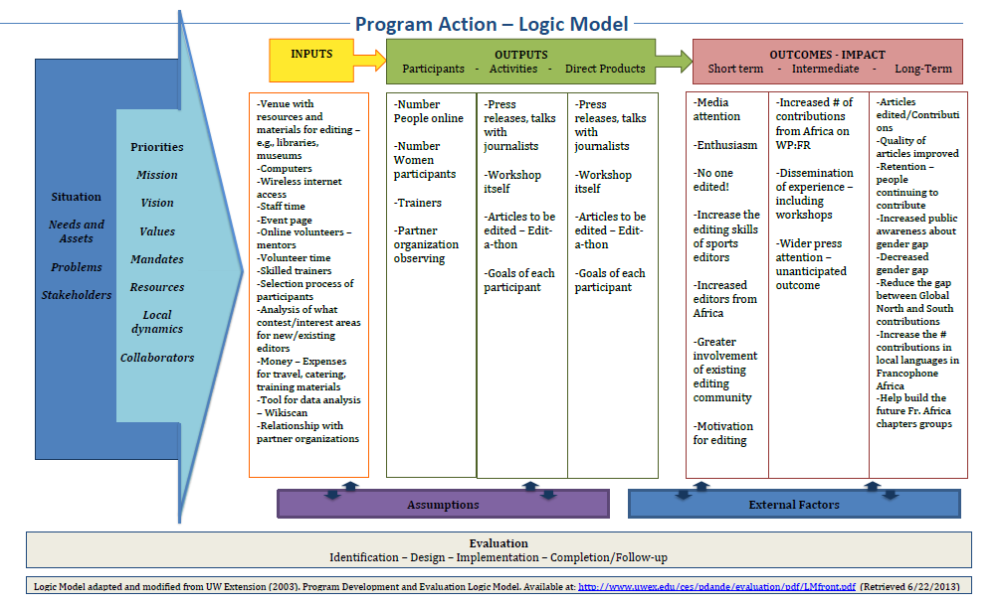 ...
... - Vegetative Growth: The growth in plants before flowering is known as vegetative growth and includes the formation of leaves, branches, and stems.
| View complete answer on byjus.com
What are the characteristics of development?
The characteristics of development are -
- Development follows a specific pattern.
- Development takes place in a specific direction. ...
- Development is continuous and predictable.
- Development proceeds from general to specific.
- The rate of development is different for different body parts.
| View complete answer on shaalaa.com
What are the 5 stages of economic development according to Karl Marx?
Karl Marx introduced the theory of stages of economic development, which complemented his theory of class struggle. He categorized economic evolution into five categories viz.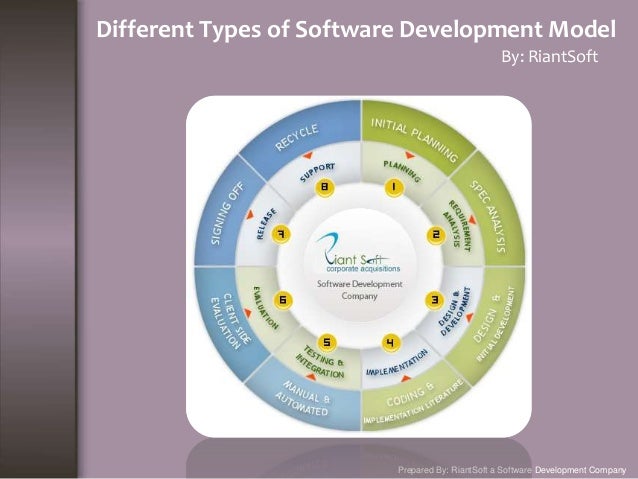 -slavery, feudalism, capitalism, socialism and communism.
-slavery, feudalism, capitalism, socialism and communism.
| View complete answer on preservearticles.com
Who developed the five stages of economic development?
It was published by American economist Walt Whitman Rostow in 1960. The model postulates that economic growth occurs in five basic stages, of varying length: The traditional society.
Takedown request | View complete answer on en.wikipedia.org
What are the types of economic development?
The topics, or types of development economics include mercantilism, economic nationalism, linear stages of growth model, and structural-change theory.
Takedown request | View complete answer on investopedia.com
What are the 5 stages of child development psychology?
What are the 5 Stages of Child Development?
- Newborn (0-3 months)
- Infant (3-12 months)
- Toddler (1-3 years)
- Preschool age (3-4 years)
- School age (4-5 years).
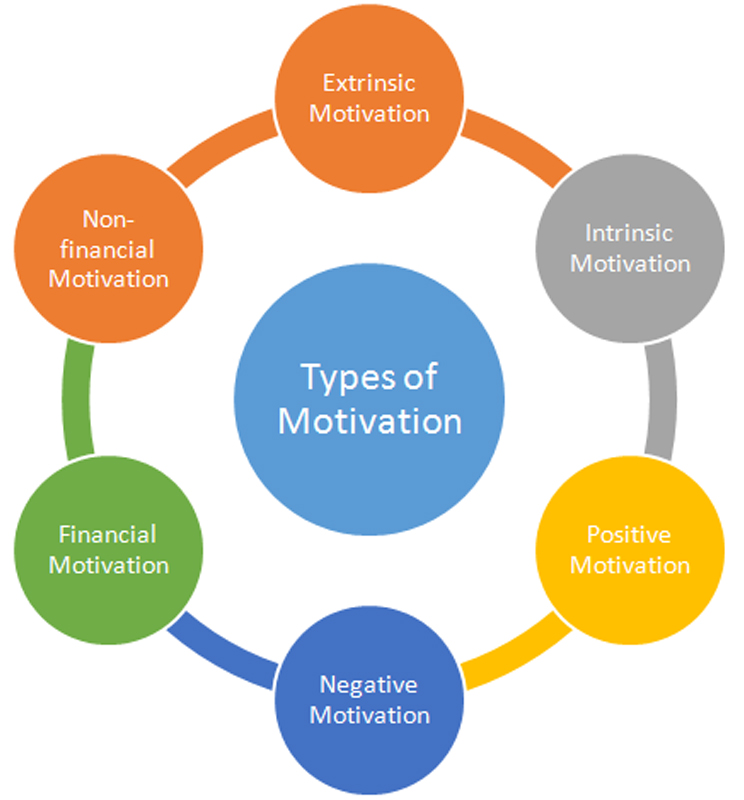
| View complete answer on highspeedtraining.co.uk
What are the concepts of development?
Development is basically an economic concept that has positive connotations; it involves the application of certain economic and technical measures to utilize available resources to instigate economic growth and improve people's quality of life.
Takedown request | View complete answer on link.springer.com
What are the stages of human development?
The human body constantly develops and changes throughout the human life cycle, and food provides the fuel for those changes. The major stages of the human lifecycle include pregnancy, infancy, the toddler years, childhood, puberty, older adolescence, adulthood, middle age, and the senior years.
Takedown request | View complete answer on med. libretexts.org
libretexts.org
What are the 5 stages of lifespan development?
The key components of Erikson's model of human development include stage one, infancy, trust versus mistrust; stage two, toddlerhood, autonomy versus shame and doubt; stage three, preschool years, initiative versus guilt; stage four, early school years, industry versus inferiority; stage five, adolescence, identity ...
Takedown request | View complete answer on online.maryville.edu
← Previous question
Is cold water bad for dogs?
Next question →
Does cold hands mean warm heart?
The main types of society - types and features
Let's show how to apply social science in life
Start learning
200.4K
In this article, we will tell you what types of society there are and their distinguishing features.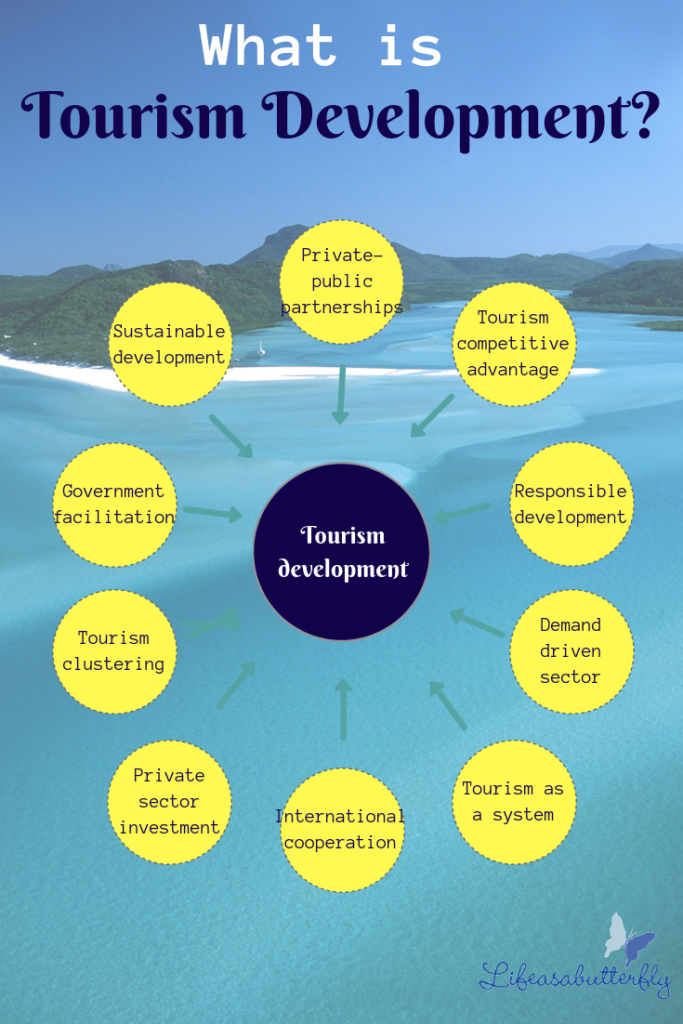
Three types of society
Consider the main three types of society: traditional, industrial, post-industrial.
Traditional society
Traditional society is a type of society with an agrarian way of life. Based on a subsistence economy, a monarchical system of government and the predominance of religious values and worldview.
The main factor of production is land, the main product produced is food.
Characteristic features of a traditional society:
-
Manual labor and primitive technologies.
-
Agriculture dominates.
-
Class system.
-
Low rate of development.
-
Low social mobility.
-
Directed to the past, afraid of innovation.
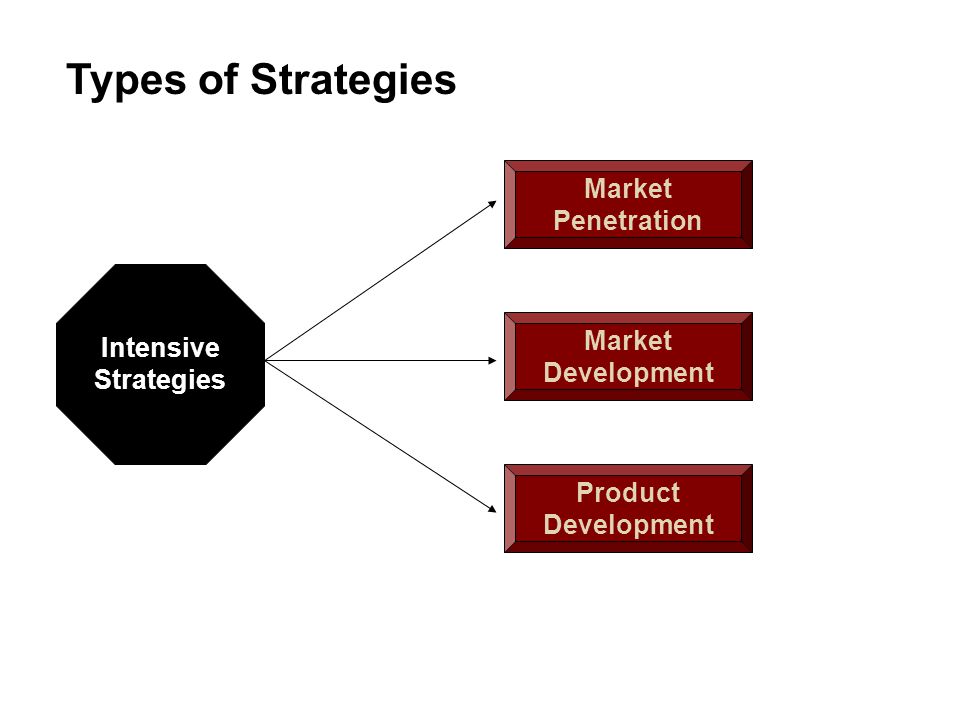
-
The values of collectivism prevail.
-
The Church influences public life.
-
Aimed at household needs.
-
Patriarchal family.
Industrial society
Industrial society is determined by a high level of technical, industrial development.
Capital is the main factor of production. The main sphere of production is industry, which employs more than 50% of the population.
Characteristic features of an industrial society:
-
Active development of industry.
-
Serial machine production and mechanization.
-
The transformation of science into a public institution.
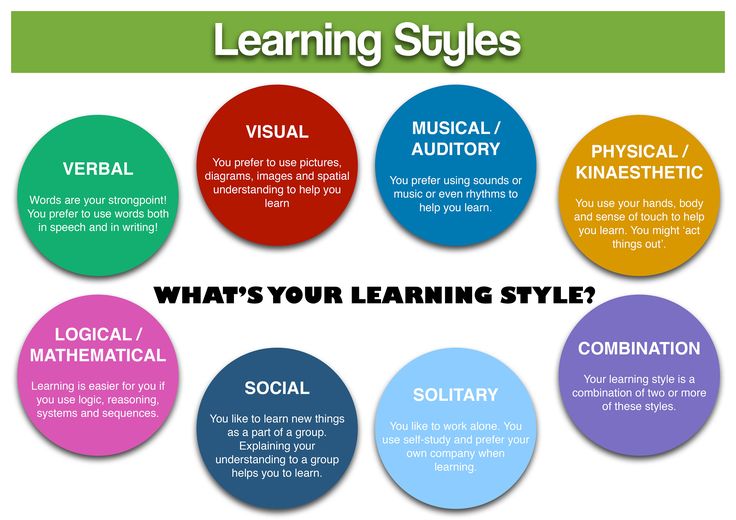
-
The birth of mass culture.
-
Class system.
-
Providing rights and freedoms to people.
-
Formation of civil society.
-
The basic structure is the economy.
-
The main driving mechanism is the desire for economic growth.
-
Strives to satisfy social needs (money, career, quality of life).
-
The main method of decision making is empirical research.
Let's help to consolidate the new material in the lessons of social studies in the Skysmart online school.
Post-industrial society
Post-industrial or information society is a modern type based on the predominance of information and computer technologies in production.
The main factor of production is information.
Characteristic features of a post-industrial society:
-
Development of the service sector.
-
The basic unit of a commodity is information (knowledge).
-
Development of information technologies.
-
Professional division of society.
-
Wide use of computer technology, industrial automation.
-
Economic globalization.
-
Implementation of the scientific and technological revolution.
-
The dominance of the partner-type family.
Signs of a post-industrial society:
-
Since agriculture and industry in such a society produce more than it can use, more than half of the population goes into the service sector.

-
Development factor - theoretical knowledge or information.
-
The main decision-making factor is modeling and analytical methods.
-
Social communication takes place at the level of "man - man", and not at the level of "man - nature" or "man - machine".
-
The leading technology is mental, not manual labor (as in traditional) and not machine technology (as in industrial).
Practicing child psychologist Ekaterina Murashova
Free course for modern moms and dads from Ekaterina Murashova. Sign up and participate in the drawing of 8 lessons
Other classifications of society
As we have already noted, there are many human societies. People from the world of science divide them into types in many ways. The table describes the characteristics of the types of society in terms of the degree of openness, the presence of writing, the degree of social stratification, based on religion.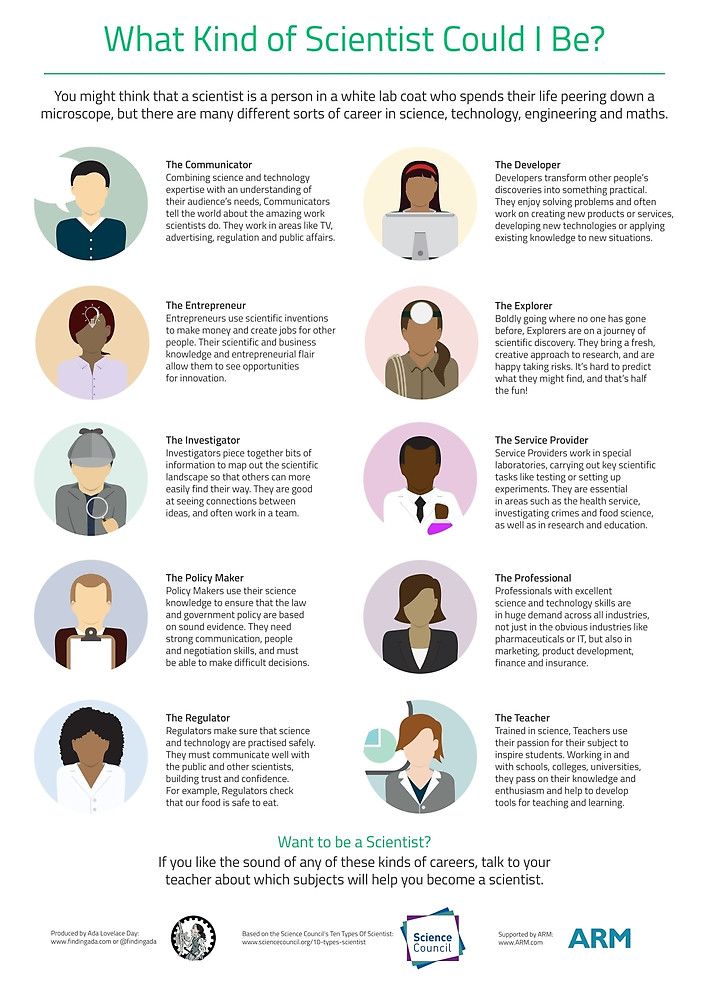
| Opening | Closed - based on a static social structure, limited mobility. Characterized by a low pace of development, a ban or slow adoption of innovations, loyalty to traditions. Open - characterized by a dynamic social structure, high social mobility, ability to innovate, pluralism. Most often this type is found in democratic states. |
| By availability of writing | Preliterate - do not have their own alphabet and symbolic designation of letters. This is a sign of a low level of development and creates difficulties in communication. Written - groups that have their own alphabet, with the help of which communication takes place. |
| According to the degree of social stratification | Simple - includes simple organizations without a clear management structure. In such systems there is no established form of relationships, there are no subordinates and leaders. Such a structure is possible in the initial periods of development without state power. Complex - implies class inequality, a hierarchy in the system of exercising power, as well as the existence of a division of the population into layers. Such a structure is characteristic of the state form of government. |
Comparison table: traditional, industrial and post-industrial society
| Comparison criteria | Traditional society | Industrial Society | Post-industrial society |
| Economic sphere | The main factor of production is land. The main area is agriculture. The main product is food. Production is based on manual labor. Subsistence farming dominates. | Capital is the main factor of production. The main area is industry. The main product is industrial products. Production is based on mechanical labor. | The main factor of production is knowledge, information. The main area is the service sector. The main product is services. Production based on automation. |
| Social services | Low social mobility. Closed social structures - estates. | Social mobility is on the rise. Mobile social structures - classes. | Maximum social mobility. Professional differentiation. |
| Political sphere | Absence of political freedoms, monarchical forms of government prevail. | Proclamation of political freedoms, equality of citizens before the law, departure from absolute monarchy. | Political pluralism, civil society, consensus democracy. |
| Spiritual realm | Religious values, collectivism. | Values of progress, individual success. | The values of individualism. |
Lidia Kazantseva
Author Skysmart
Back to the previous article
106.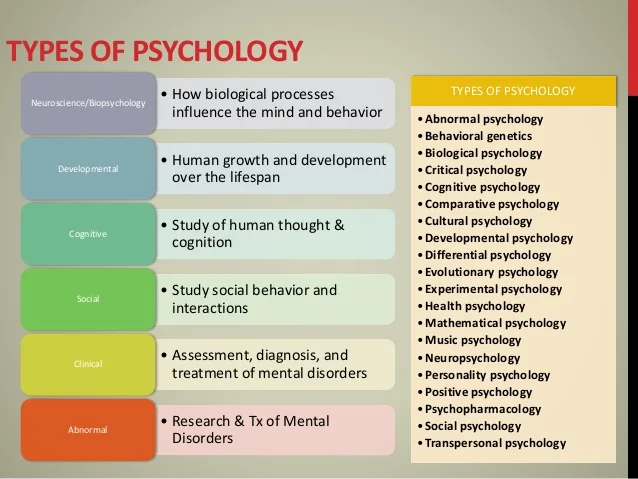 5K
5K
Person, individual, personality
To the next article
117.6K
Truth and its criteria
Types of development
State budget educational institution higher professional education city of Moscow
3.) Features of understanding development in behaviorism. Problem development mental development in the works of J. Watson, K. Hull, E. Tolman.
four.) The concept of sources, driving forces and mechanisms of personality development in ontogeny. Their essence and difference.
Age psychology studies periods of human development, their change and transitions from one age to another.
Important components subject matter are disclosure of general patterns of development in ontogeny, establishment of age periods in development and reasons for the transition from one period to another.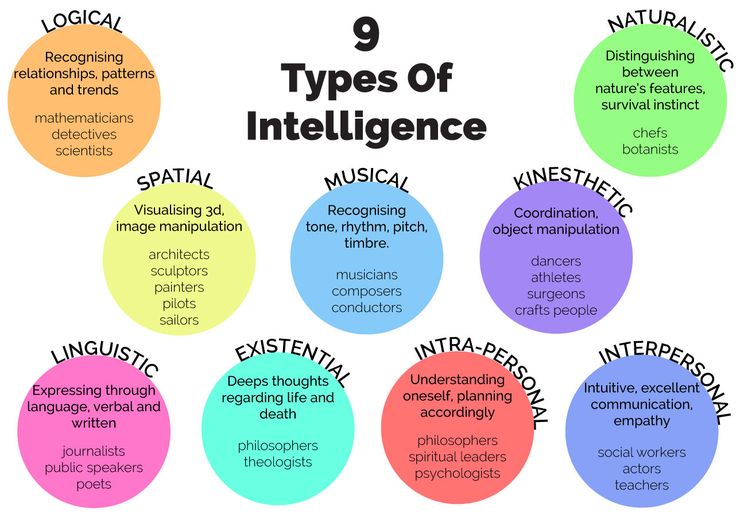
psychology, psychology of a younger student, psychology adolescent, youth psychology, psychology middle-aged,
Theory (model) development.
Theoretical and practical tasks of developmental psychology.
Theoretical tasks:
-
Learning common patterns of mental development man in ontogeny. Definition roles.
-
Construction and periodization of mental development man in ontogeny.
-
Definition relationship between learning processes and development.
-
Definition qualitative originality and mental human characteristics in each age stages.
Practical tasks of developmental psychology:
1. Identification psychological resources and creative human potential, definition age norms of mental functions;
2.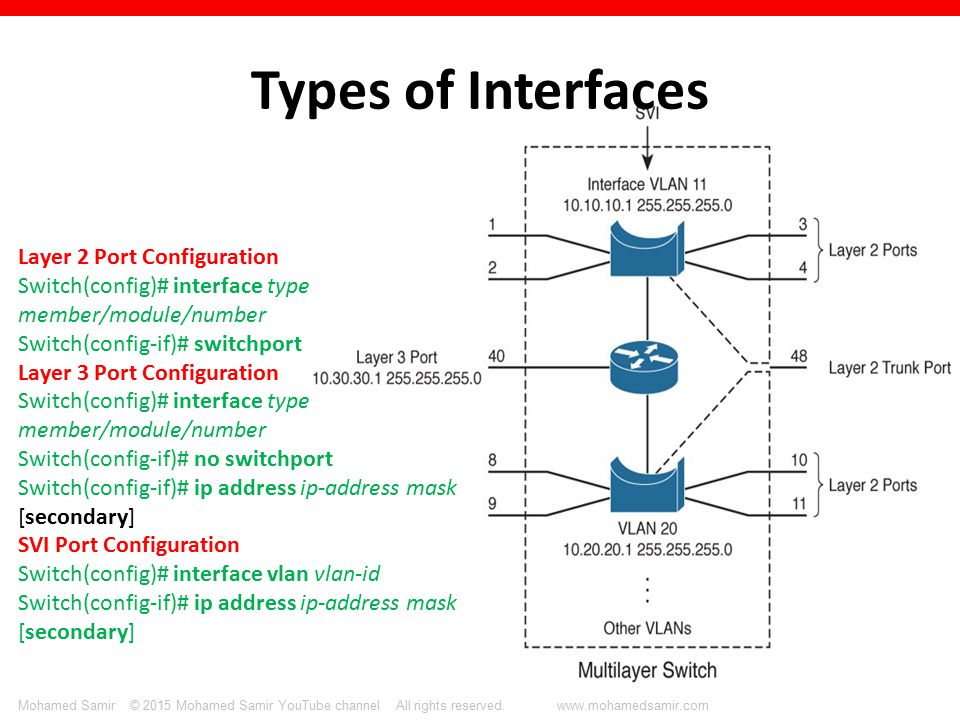 Create a service systematic monitoring of the progress mental development, mental child health, parenting in problem situations;
Create a service systematic monitoring of the progress mental development, mental child health, parenting in problem situations;
3. Age and clinical diagnostics;
4. Execution psychological support functions, help
in times of crisis human life;
5. Most optimal organization of educational process, continuous education (in including people-oriented middle and old age).
☺ 2. Basic research methods ☺
Researchers more and more questions about factors, conditions and driving forces development. The desire to penetrate essence of child development realized in the transition to methods of comparative study of mental development in the norm and pathology, methods of cross-cultural research, experimental genetic research led to the creation of a whole a number of theories - 3. Freud, A. Vallon, E. Erickson and others
| Method | Benefits | Defects | Relationship |
| Surveillance | Man, as a system as a whole; purity obtained data | Subjectivism, limited intervention research, lack of recurrence factors; not scientific | Maybe carried out without experiment |
| Experiment | Def. | Limited actions limited by ethical norms, lack of nature. conditions. | Not maybe without supervision |
| Test | Standardized system; large audience; simple analysis processing; subjectivity. | Individual features are not taken into account .feature situation is not taken into account. |
☺ 3. Features understanding of development in behaviorism. Development of the mental problem development in the works of J. Watson, K. Hull, E. Tolman.☺
The turn of the 19th-20th centuries. known emergence of a new science of behavioral psychology.
failures in introspective theory of consciousness, furor evolutionary theory, use objective method in the study of behavior humans and animals have become the key to a new directions - behaviorism - the science of behavior that, in contrast consciousness, accessible objective research and observation.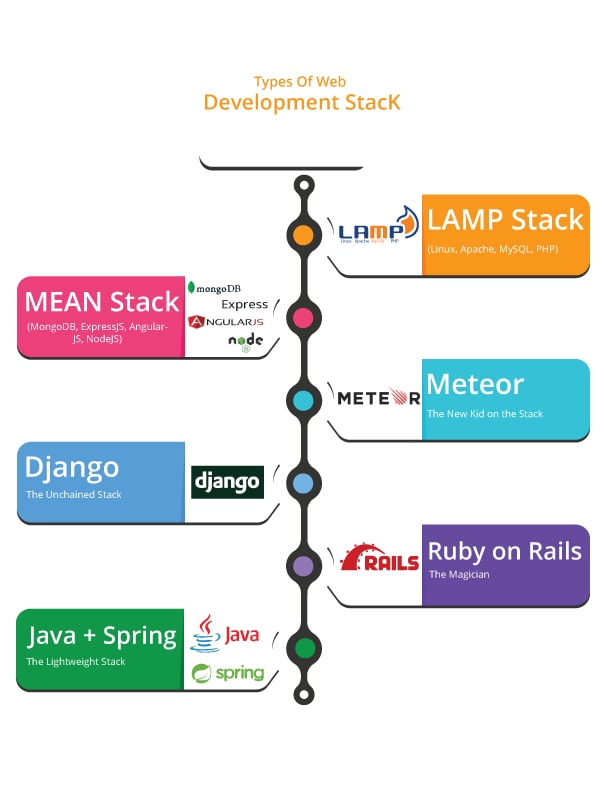
According to John B. Wat sona (1878-1958) founder of the direction and author work "Psychology from the point of view behaviorist", psychology should become reliable and exact science, therefore human behavior needs to be studied. open and observable and measurement. In classical behaviorism stimulus-response scheme (S-R) considered as a mechanism for the formation new forms of behavior and is considered sufficient to describe the process formation of a behavioral act of any difficulties. Main determinant, determining the direction of mental development of the child is the impact environment.
Laws of development J.B. Watson: chronological order emergence of new behavioral reactions; increase in quantitative the severity of reactions.
However, these laws could not answer the question: "What reason for development?
Central terminal classical behaviorism is following: "the development of the psyche occurs during the life of the child and depends mainly from the social environment.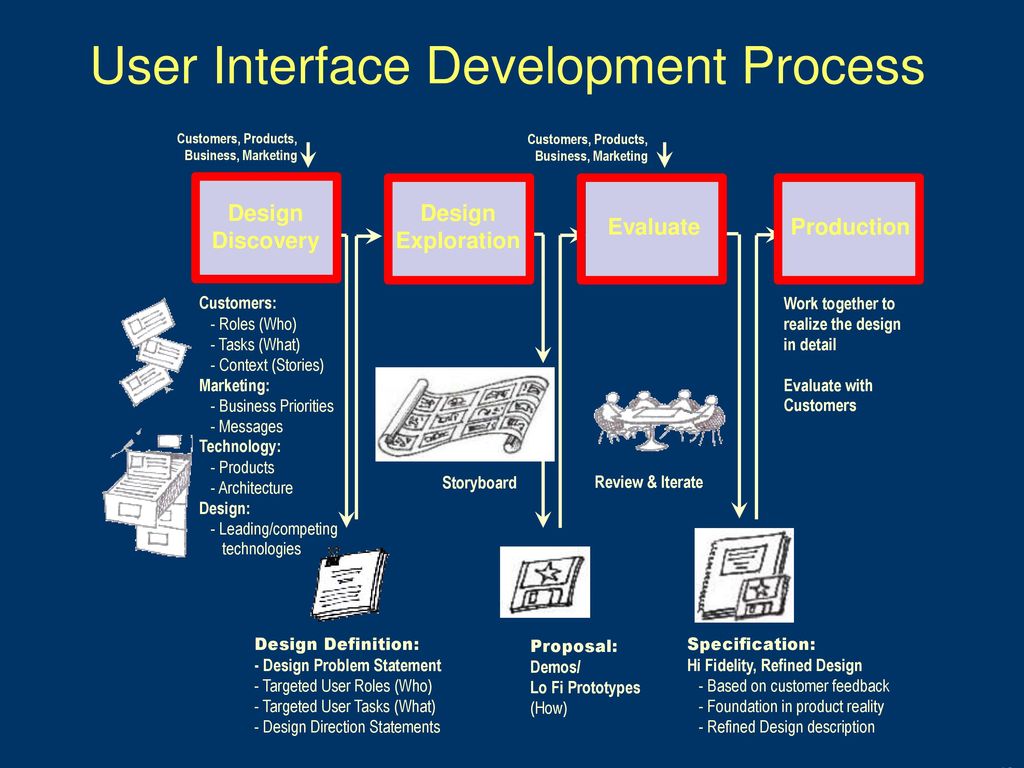 The main thing attention in child research development was given to the study of conditions, encouraging or hindering learning, i.e. linkages between incentives and the resulting reactions. Wednesday was viewed as immediate physical environment child, as the situation that is developing from specific life situations; situations consist of sets of different incentives, which in turn can and must be chained irritants. External, environmental impacts (sets of incentives), such way, determine the content of behavior child and the nature of his development.
The main thing attention in child research development was given to the study of conditions, encouraging or hindering learning, i.e. linkages between incentives and the resulting reactions. Wednesday was viewed as immediate physical environment child, as the situation that is developing from specific life situations; situations consist of sets of different incentives, which in turn can and must be chained irritants. External, environmental impacts (sets of incentives), such way, determine the content of behavior child and the nature of his development.
E. Tolman defended position that the study of behavior should be strictly objective method, without any arbitrary assumptions about inaccessible to this method inner world of consciousness. However, Tolman objected to being limited in behavior analysis only by the formula "stimulus-response" and ignore factors that play an indispensable role in between. These factors he called "intermediate variables". Tolman argued that internal processes can be "brought out" and give their research the same accuracy, as the study of any physical things. For this behavior should not be seen as a chain individual reactions, but from the point of view of its holistic organization. Such a holistic Tolman described behavior as a system connected to its surroundings by a network cognitive relationships. Tolman insisted that the behavior is reduced to the development of motor skills. Tolman singled out a special type learning that has been called latent (hidden). It's hidden, unobservable learning plays a role when reinforcement missing. It is capable of changing behavior.
Tolman argued that internal processes can be "brought out" and give their research the same accuracy, as the study of any physical things. For this behavior should not be seen as a chain individual reactions, but from the point of view of its holistic organization. Such a holistic Tolman described behavior as a system connected to its surroundings by a network cognitive relationships. Tolman insisted that the behavior is reduced to the development of motor skills. Tolman singled out a special type learning that has been called latent (hidden). It's hidden, unobservable learning plays a role when reinforcement missing. It is capable of changing behavior.
C. Hull relied mainly on the teachings of I.L. Pavlov about conditioned reflexes, assuming that essential role in the use of this concepts should be given the power of habit. In order for this power to manifest, certain physiological needs. Of all the factors, the decisive skill strength is affected by reduction needs.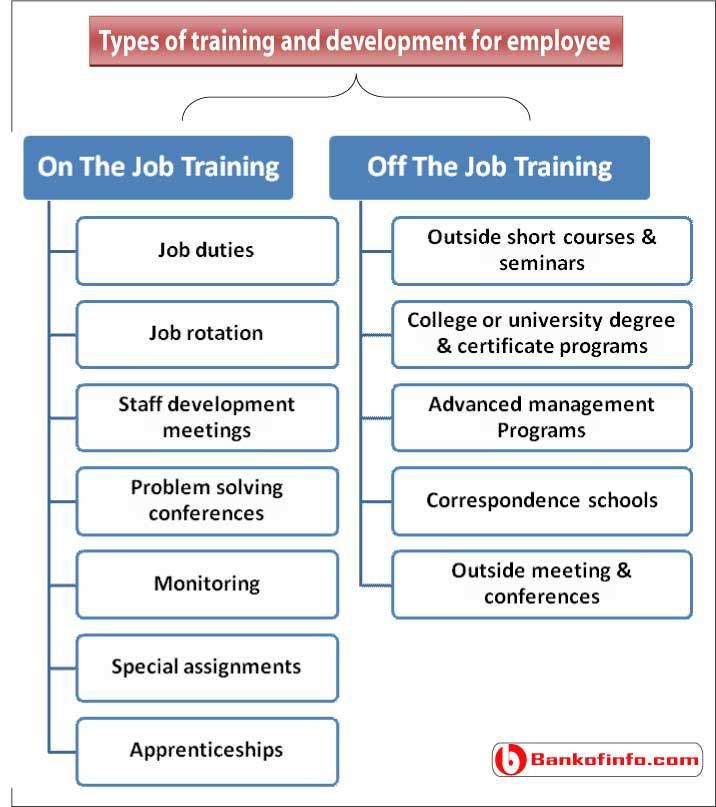 The more often it is reduced, the greater the power of the skill. Reduction amount needs are determined by the quantity and quality of reinforcements. Besides, skill strength depends on the interval between response and its reinforcement, as well as from interval between conditioned stimulus and reaction. Hull separated the primary and secondary reinforcement. Primary reinforcement is, for example, food for a hungry organism or blow electric shock causing jump at the rat. The need is connected with stimuli, the response to which in turn plays the role of reinforcement, but already secondary.
The more often it is reduced, the greater the power of the skill. Reduction amount needs are determined by the quantity and quality of reinforcements. Besides, skill strength depends on the interval between response and its reinforcement, as well as from interval between conditioned stimulus and reaction. Hull separated the primary and secondary reinforcement. Primary reinforcement is, for example, food for a hungry organism or blow electric shock causing jump at the rat. The need is connected with stimuli, the response to which in turn plays the role of reinforcement, but already secondary.
☺ 4. The concept of sources, driving forces and mechanisms personality development in ontogeny. Their essence and distinction. ☺
Activity approach connects the features of the psyche and its development with the nature of life subject.
| Instinctive biological | Socio-historical |
| Assumes biological type of ontological Development | Based on labor, productive activity |
|
|
The concept of sources and driving forces for the development of society.
The Problem of Sources and driving forces of development has always been one of the central in philosophy and social science in general. For a long time issues of determining the source of movement and development have been the subject of controversy and discussions. And only at the end of the XVIII - beginning 19th century internal source problem received proper dialectical categorical expression in classical German philosophy. It was understood as contradiction.
In the social philosophy of Marxism under the driving forces forces of development are understood as different social phenomena: objective social contradictions, productive forces, mode of production and exchange; division of labor; lengthy actions of large masses of people, classes, peoples; division of society into classes and class struggle; social revolutions; needs and interests; the science; ideal motives. Accordingly, in scientific literature driving forces of development societies are also understood differently: then they are associated with contradictions social development and their resolution, now with social determinism, now with objective and subjective factors history, then with the activities of people or with a combination of these factors. It appears that each of these approaches competent, reflects some facet truth.
Sources development of any social phenomenon there are those factors that are identical "immediate producing cause" (labor, technological division of labor, science, education).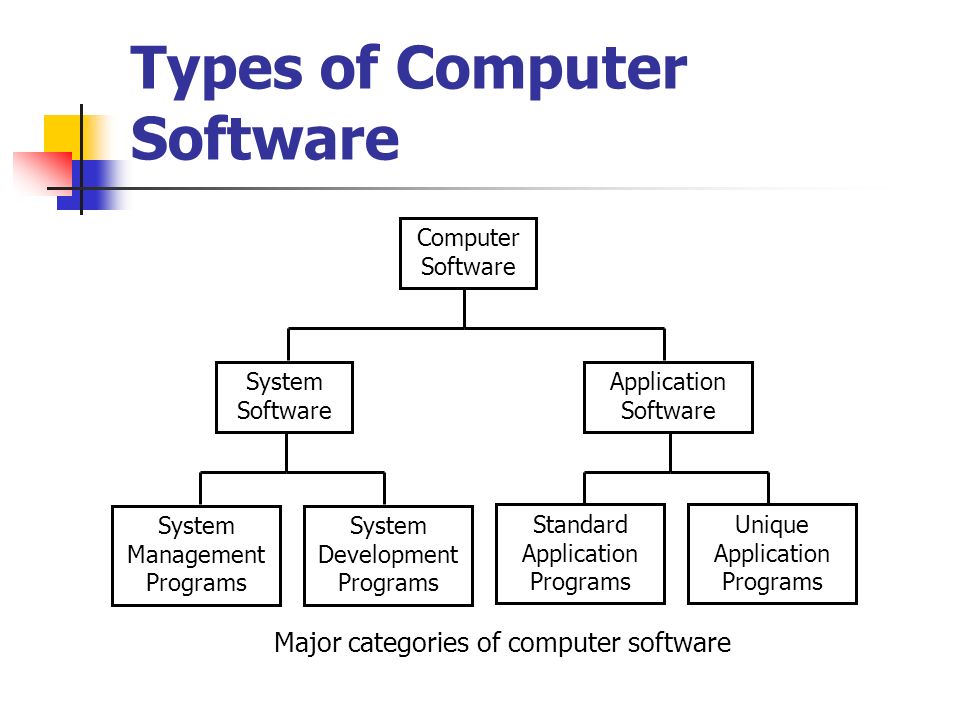 The source is the deepest cause initial impulse to self-propulsion and self-development. Strictly speaking, the source there is an objective contradiction and only it.
The source is the deepest cause initial impulse to self-propulsion and self-development. Strictly speaking, the source there is an objective contradiction and only it.
To the driving forces factors that guide the process internal spontaneous development society. The very difference between sources and driving forces organically linked to the problem of "bifurcation" of causality. Causes are divided into immediate and mediated.
If immediate cause is "doing", then mediated acts as a stimulant, accelerator, motive, goal, in a word, acts as the driving force of the "making" cause. The driving force of development embraces and other factors through which mediates the action of sources.
Contradiction serves as both a source and the most important driving force (especially in the process of its resolution) development, for it gives the primary impetus to the movement and development. Moreover, the role of contradiction is not limited to such an impulse, but is a permanent determinant of movement and development.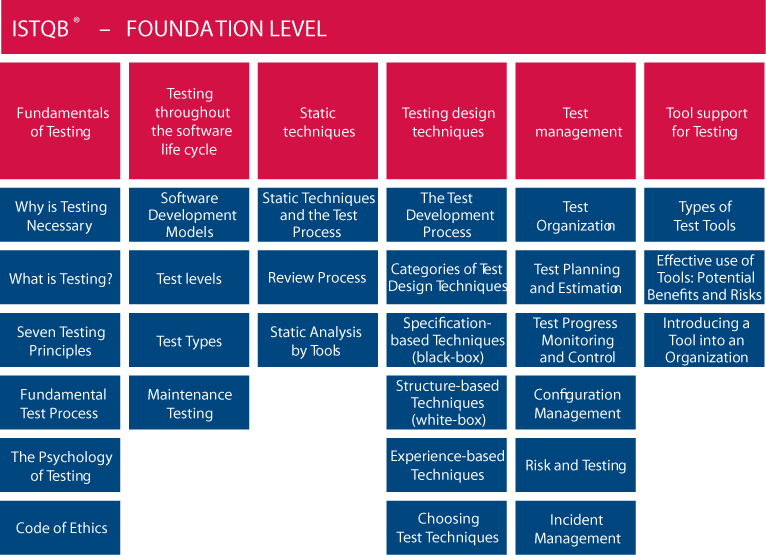
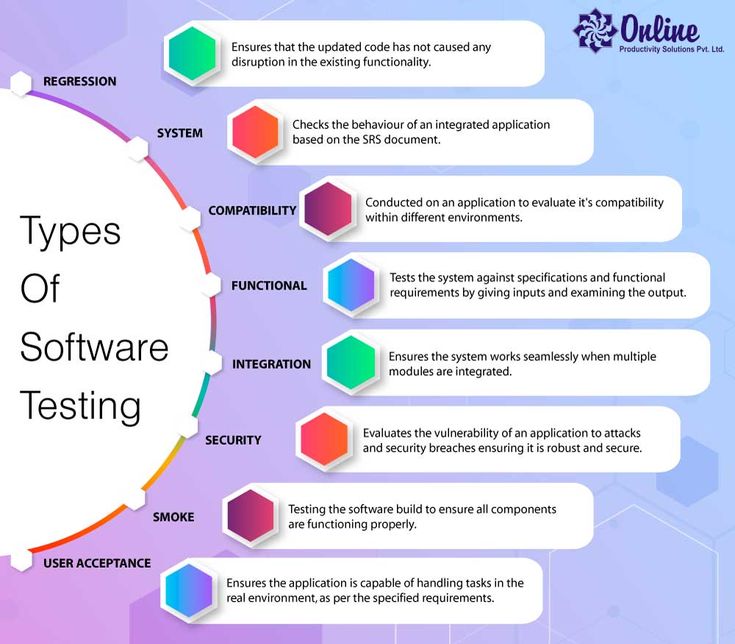 With its help, people can establish communications and achieve success in the development of the social order.
With its help, people can establish communications and achieve success in the development of the social order. 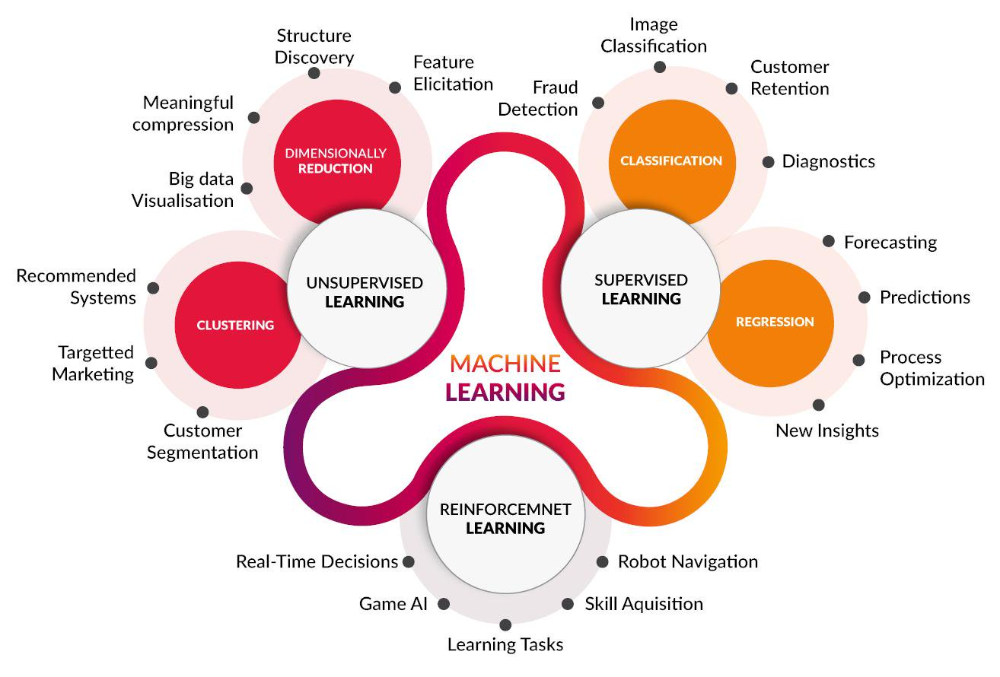
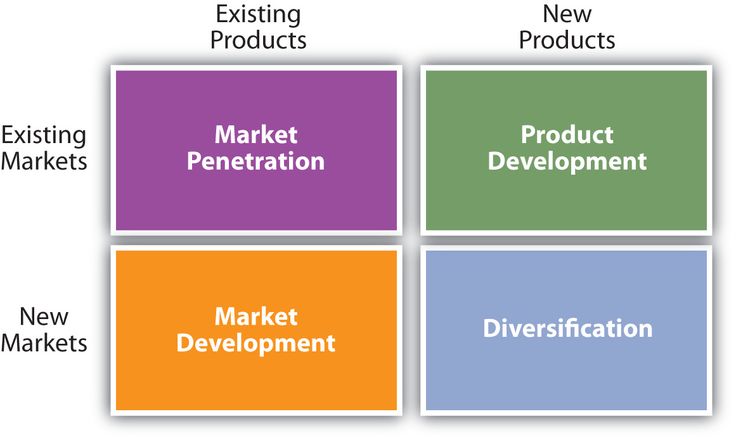
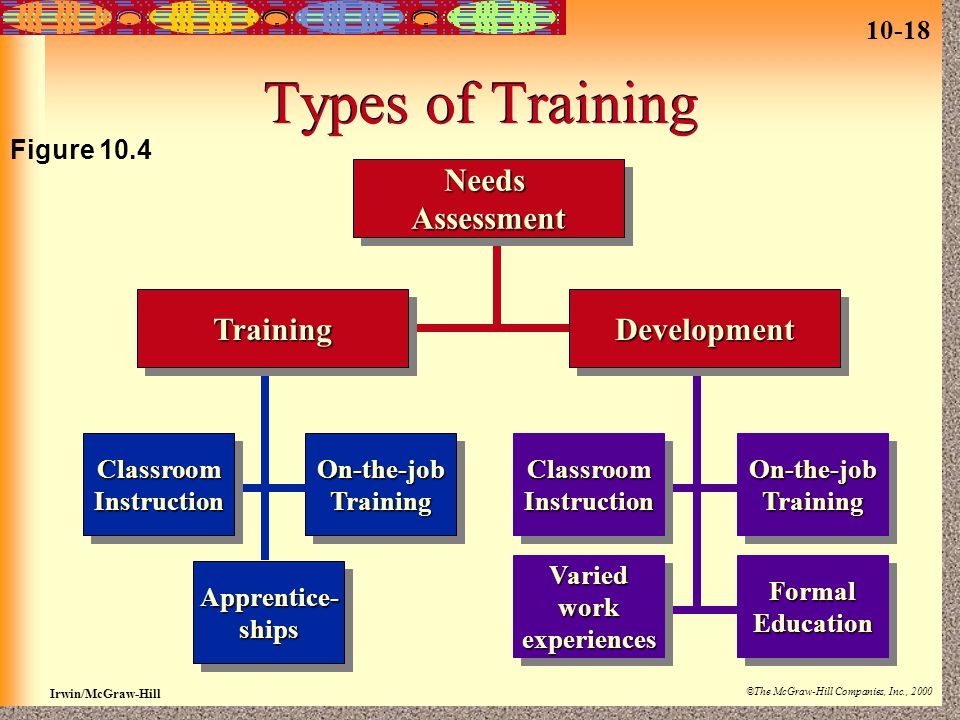 purpose, repetition, creation of conditions; data reliability, can be changed, standardize results.
purpose, repetition, creation of conditions; data reliability, can be changed, standardize results. 